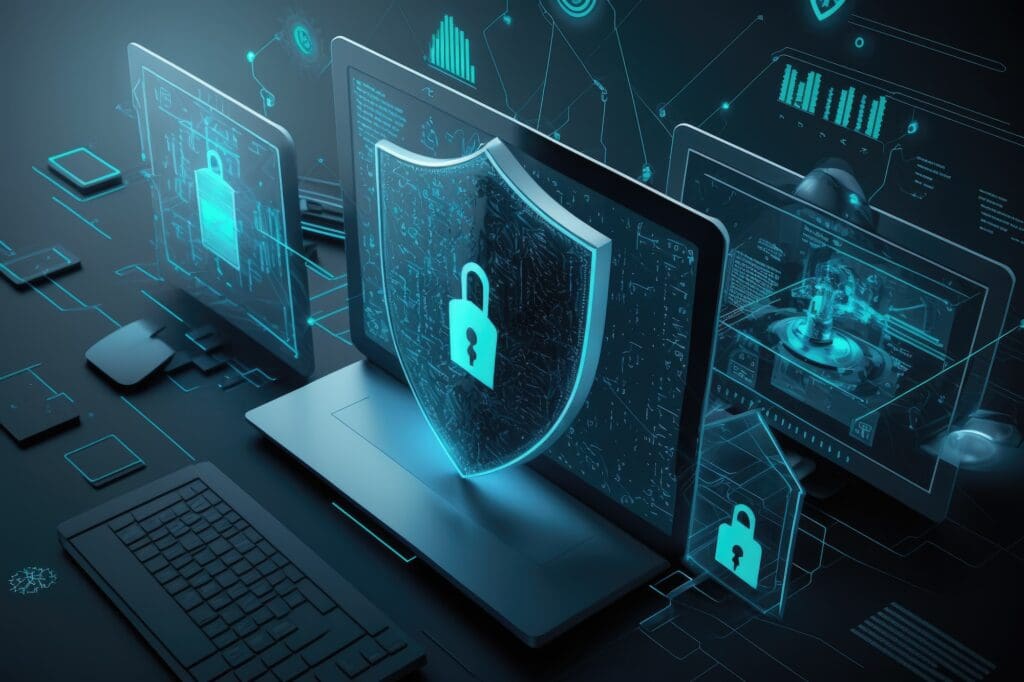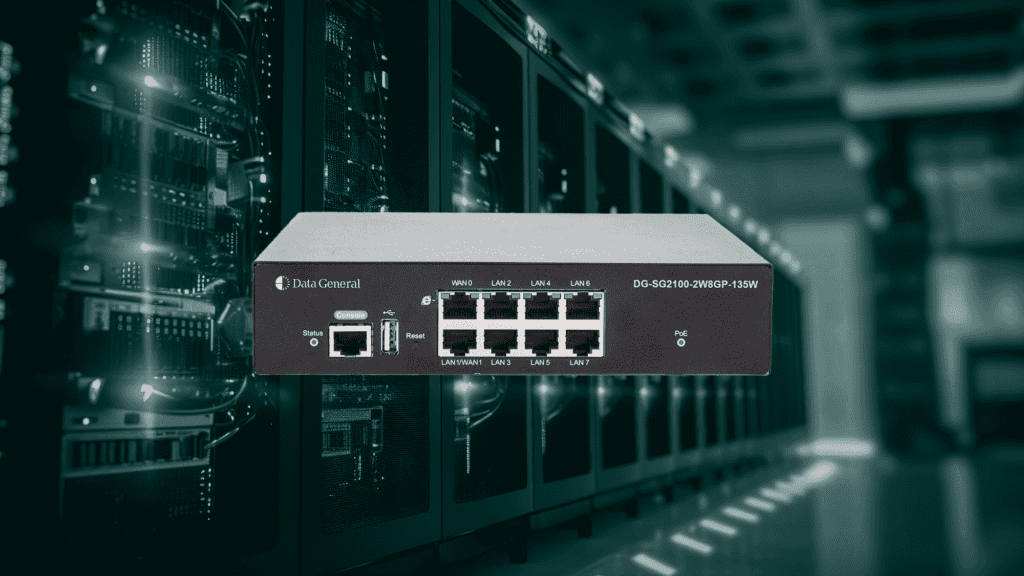Cybersecurity has become an essential aspect of protecting sensitive data and digital assets from cyber threats. As our digital world grows, so do the risks associated with it. In this comprehensive article, we will delve into the definition of cybersecurity, explore the potential risks businesses and individuals face, and discuss the various types of cybersecurity strategies that help mitigate these threats.
Cybersecurity refers to the practice of protecting computer systems, networks, and data from unauthorized access, attacks, and damage. It encompasses a wide range of measures and techniques designed to ensure the confidentiality, integrity, and availability of data. In essence, cybersecurity is a proactive approach to safeguarding the digital landscape, preventing, detecting, and responding to potential threats. Whether it’s personal information, financial data, or intellectual property, cybersecurity aims to protect these valuable assets from being compromised.
The digital world is filled with threats and risks that constantly evolve. Some of the most common cybersecurity risks include:

Types of Cybersecurity
To effectively defend against these threats, it is crucial to implement various types of cybersecurity measures. Here are some of the primary categories:
Network Security: Network security focuses on protecting the integrity and confidentiality of data as it travels through networks. This includes implementing firewalls, intrusion detection systems, and virtual private networks (VPNs) to prevent unauthorized access and ensure that data remains secure while being transmitted across the network.
Data General Gateways provide advanced network security options. Explore more about these solutions at Data General Gateways.
Endpoint Security: Endpoint security refers to securing individual devices, such as computers, mobile devices, and servers, that connect to a network. Antivirus software, encryption tools, and endpoint detection and response (EDR) systems are common components of endpoint security. These tools help protect devices from malware and other threats, ensuring that any vulnerable endpoint doesn’t compromise the entire network.
Application Security: Application security focuses on protecting software and applications from cyber threats. This involves secure coding practices, regular software updates, and the use of web application firewalls to prevent unauthorized access or exploitation of vulnerabilities. Applications that lack proper security can become entry points for attackers.
Cloud Security: As more organizations adopt cloud computing, securing data stored in the cloud becomes increasingly important. Cloud security encompasses measures such as encryption, multi-factor authentication, and regular audits to ensure that data stored in cloud environments remains protected. As businesses shift towards cloud-based services, ensuring the security of sensitive information in the cloud is crucial.
Identity and Access Management (IAM): IAM is essential for controlling who can access systems and data. It involves managing and verifying user identities to prevent unauthorized access. Multi-factor authentication (MFA), role-based access control (RBAC), and privileged access management (PAM) are some of the key IAM strategies. By restricting access to critical information, organizations can mitigate the risk of insider threats and unauthorized breaches.
Incident Response and Recovery: Incident response refers to the processes and strategies put in place to manage and respond to cybersecurity incidents, such as data breaches or malware infections. An effective incident response plan involves detection, containment, eradication, and recovery. Once an incident is resolved, organizations can analyze the attack and take steps to prevent similar events in the future.

At Data General, we provide advanced cybersecurity solutions that help organizations build resilient networks. Our comprehensive tools and services focus on detecting, preventing, and responding to cyber threats effectively. With our cybersecurity products, including intrusion detection systems and firewalls, businesses can enhance network protection, reduce vulnerabilities, and safeguard critical data.
Whether you’re securing corporate data or implementing advanced network protocols, Data General’s cutting-edge solutions ensure maximum security. Contact us to discuss your cybersecurity needs.